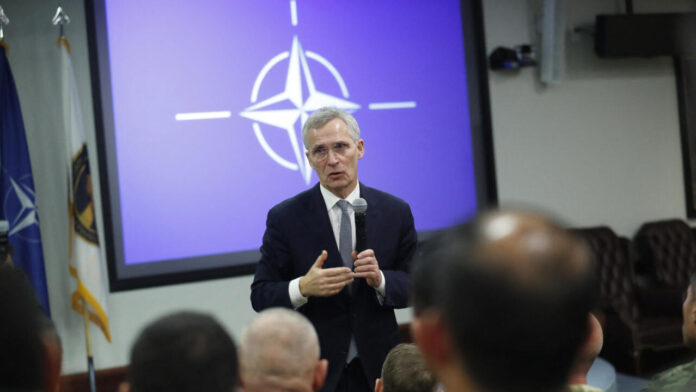On Wednesday, NATO announced that European countries have bolstered their defense spending, emphasizing the United States’ reliance on allies. This statement followed former President Donald Trump’s recent suggestion that the U.S. might not defend nations failing to meet adequate spending levels.
Jens Stoltenberg, speaking at a Brussels press conference, stated, “I anticipate that 18 allies will allocate 2% of their GDP to defense this year.” He noted a general increase in military spending, marking another record year, particularly in response to Russia’s ongoing conflict with Ukraine over the past two years.
This year’s numbers surpassed the previous year, where only 11 out of NATO’s 31 members were expected to meet the agreed-upon defense spending target. Trump’s remarks over the weekend, indicating a lenient stance towards Russia concerning NATO allies falling short on defense spending, had startled Europeans.
In response to questions about the controversy surrounding Trump’s comments, Stoltenberg emphasized the importance of the defense alliance for U.S. security. He highlighted that the United States has never fought a war alone, dispelling concerns about NATO itself and clarifying that criticisms were directed at allies not meeting NATO spending requirements.
Stoltenberg pointed out that the recent increase in military spending by European allies was evidence that the message had been acknowledged. He disclosed that NATO’s European states would collectively invest $380 billion in defense this year, with Germany meeting the 2% target for the first time since the end of the Cold War.
Berlin is allocating $76.8 billion for defense spending in the current year, a historic achievement for Germany. The total defense spending figure remains classified. Looking ahead to 2023, NATO estimates that eleven allies, including Poland, the United States, Greece, Estonia, Lithuania, Finland, Romania, Hungary, Latvia, Britain, and Slovakia, will meet the 2% target.
